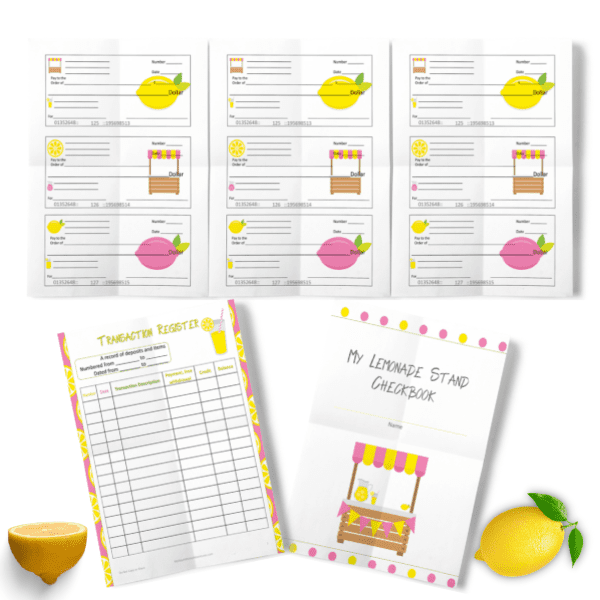How Can Students Prepare for Dutch Language Exams Using Online Tools: Effective Digital Strategies for Exam Success
This post may contain affiliate links which might earn us money. Please read my Disclosure and Privacy policies hereGetting ready for Dutch language exams can feel overwhelming, especially if you’re unsure where to begin. Luckily, there are many online tools that make studying more organized and effective.
You can boost your skills and confidence by using interactive websites and choosing to learn Dutch with online classes, which let you practice speaking, grammar, and listening in real time.
Online Dutch teachers can guide you through tough topics and help you stay on track with your study plan. When you learn Dutch with online classes, you get flexibility and support from experienced tutors who understand the exam requirements and can help you focus on what matters most.
These tools can be used anywhere, making them an easy fit for busy students preparing for Dutch exams.

Important Online Resources for Dutch Language Exam Preparation
There are many helpful tools online for preparing for Dutch language exams. Each tool supports a different part of language learning, from grammar and vocabulary to listening practice and taking mock exams.
Interactive Grammar and Vocabulary Platforms
Interactive learning tools let you practice Dutch grammar and vocabulary at your own pace. With gamified lessons, you can cover a wide range of topics and word lists, which helps you find and fix gaps in your knowledge quickly. Progress tracking also makes it easy to know what you still need to work on.
Some platforms let you fill in blanks, match words and meanings, or answer quizzes that focus on the rules of the language. Others guide you step by step, with short explanations, feedback, and repetition to reinforce correct usage.
These platforms are helpful for both beginners and those at a higher level. You can focus on weak points, such as verb conjugation or word gender, and easily go over them again until you feel more comfortable.
Practice Exam Simulators
Practice exam simulators are designed to look and feel like the real Dutch language exam. You will answer reading, writing, listening, and speaking questions in the same format you will see on test day. Some simulators give you instant feedback, so you can fix mistakes and learn faster.
These simulators also allow you to measure your timing and comfort with different types of questions. Getting used to the test style helps reduce stress and boosts your confidence. To prepare effectively, try out different sections as often as you need until you see steady improvement.
You can use step-by-step guides like this AI-powered exam preparation platform to get a clear idea of where you stand.
Listening and Pronunciation Tools
Listening and pronunciation tools help you practice understanding spoken Dutch and saying words correctly. You often hear native speakers and repeat after them to improve your accent and intonation.
Some programs focus on individual sounds, while others use full sentences or conversations that match real-life situations.
You can listen to everyday dialogues, write down what you hear, and compare your answers to the correct text. Tracking your speaking and listening scores lets you set goals and check your progress.
Apps with listening exercises or podcasts also help you get used to the speed, tone, and rhythm of natural Dutch. You can find free or paid content aimed at different skill levels, so you are never stuck using the same material.
Tools like step-by-step language platforms are useful for building skills in both listening and pronunciation.

Effective Strategies for Success Using Online Tools
You can use online resources to reach your Dutch language exam goals faster. Clear planning, regular review, and peer connections help you practice well and avoid losing motivation.
Developing a Personalized Study Plan
Start by listing which Dutch language skills you need for the exam, such as listening, reading, speaking, and writing. Use digital planners or calendar apps to set a daily or weekly schedule, focusing more time on difficult areas.
Flashcard apps help you memorize new words and grammar, while interactive lessons offer extra practice with real conversations.
Set small, specific goals for each week, such as learning 30 new words or writing a short story in Dutch. Adjust your plan as you discover which study methods help you remember the most. Stick to your schedule to build strong study habits and reduce stress.
Make use of digital reminders and notifications to keep your study sessions on track. Checklists help you see which parts of your plan are finished and what still needs attention.
Tracking Progress with Digital Analytics
Many online learning platforms include personal dashboards and progress charts. You can view your scores, track the time spent on each skill, and see your improvement over time. Reviewing these analytics helps you spot your strengths and gaps.
Break down your progress with tables or graphs, such as:
| Skill | Practice Hours | Progress (%) |
| Listening | 15 | 60 |
| Reading | 10 | 80 |
| Speaking | 8 | 50 |
| Writing | 12 | 70 |
If your scores in listening are lower than other sections, give more time to that skill next week. Many platforms send updates when you reach new milestones, which can motivate you to keep going.
Use these insights to set new targets and change your study plan if needed. This way, your preparation stays focused on areas where you need the most improvement.
Engaging in Collaborative Learning Communities
Online study groups and discussion boards connect you with other learners preparing for the same exam. These communities are places to ask questions, practice speaking, and share study materials. Working with peers helps clear up confusing grammar points or vocabulary.
You can join group chats, attend virtual language exchange meetings, or take part in online challenges, such as vocabulary quizzes or short writing assignments. Feedback from others helps you recognize both your strengths and areas where you need more practice.
Group activities make studying less lonely and can keep you accountable. When you see how others overcome their mistakes, it can encourage you to keep working toward your goals. Focusing on teamwork lets you learn tips and shortcuts that you might not find on your own.
Conclusion
You can use online tools to study at your own speed and get instant feedback. These resources often include practice questions, speaking and listening exercises, and step-by-step guides.
It helps to set clear goals and track your progress as you prepare. Taking practice exams online helps you get used to the format and timing.
Regular use of these tools can build confidence and improve your language skills. They make it easier to find weak areas and focus on them.








